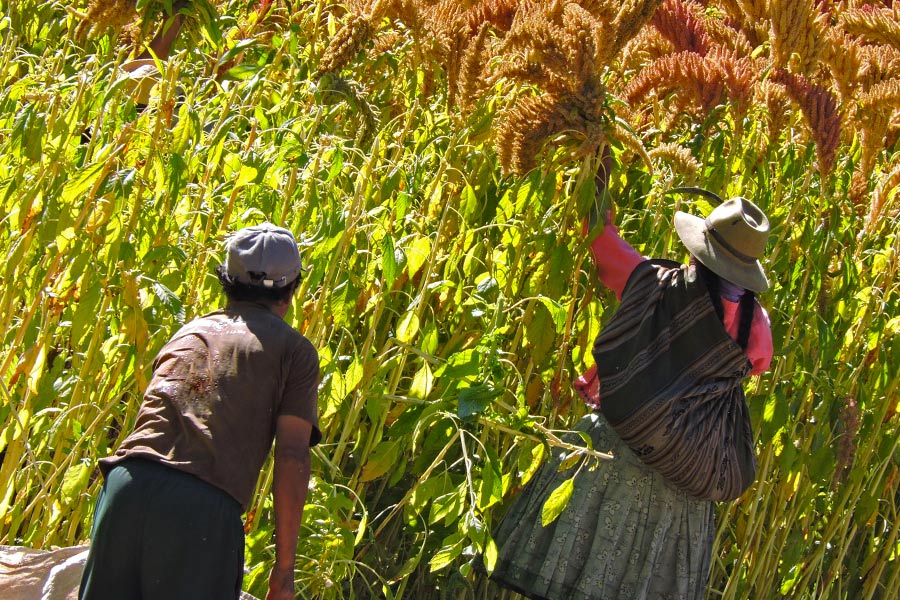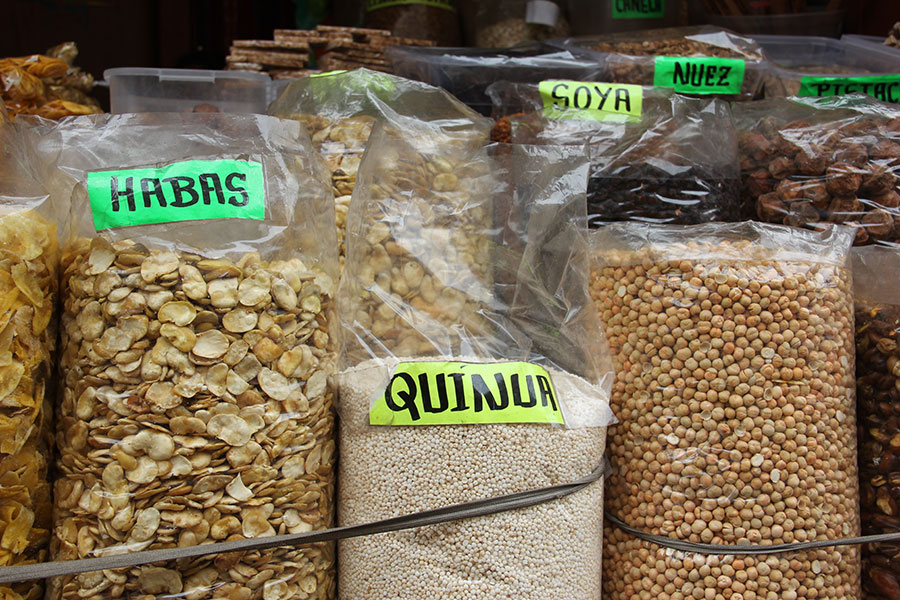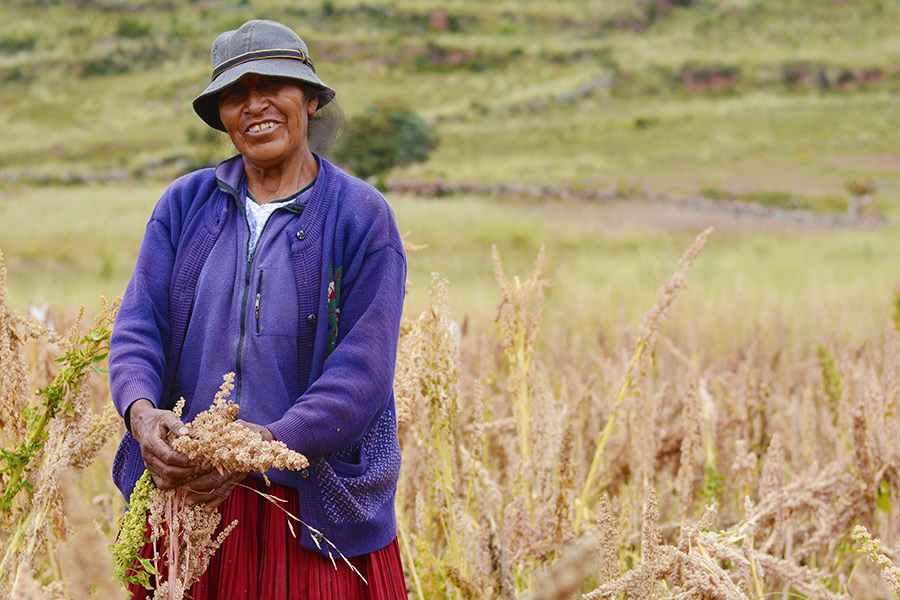As science and business strive to solve societal problems, there is a need to ensure that new ones aren’t being created. So, how can areas such as social sciences and economics bring an ethical viewpoint to ongoing R&D and create better, more sustainable outcomes for the planet and people?
Professor Sandra Schmöckel, at the University of Hohenheim in Stuttgart, Germany and Co-Editor in Chief of SCI’s Journal of Science Food and Agriculture shares her perspective on how research aimed at improving Europe’s biodiversity needs to take account of potential impacts on the other side of the world.
A global solution has local effects
The need to reverse biodiversity loss and promote agrobiodiversity (the use of several crops in the field, avoiding monoculture) is being tackled on a global level, so it makes sense to investigate how crops that are indigenous to one part of the world might be helpful somewhere else.
This is where ‘minor crops’ such as quinoa could have a role to play. Grown extensively in the Andes, South America, quinoa has the potential to provide ‘ecosystem services’ such as supporting beneficial insects or fixing nitrogen.
Quinoa is being grown on small commercial acreages in several European countries, as well as parts of Africa, the US, and India. With its nutritional profile and adaptability to various growing conditions, it makes for an interesting alternative, and could help reduce dependence on crops such as wheat and rice.
Assessing the impact on local economies
While there is the potential for positive outcomes in tackling biodiversity loss, environmental progress in Europe could impact the livelihoods of farmers in the Andes. Indeed, many minor crops are staples for indigenous farmers and their communities. This makes it essential for us to consider the potential negative impacts that cultivating these crops in Europe, and elsewhere, could have on other populations
The top concern for growers of quinoa in South America is price erosion. If quinoa is cultivated in regions such as Europe, will the price drop for their own product? Could the price fall to such a level that it would not be worth cultivating the crop? As a research team, we think it is critical that we do not forget to look at these aspects. Let’s be clear – quinoa is a significant income generator for South American farmers
It’s not yet clear what impact, if any, European-grown quinoa would have on the price of that grown in the Andes. We can argue that labour in this region is comparatively cheap and there is minimal need for input such as pesticides. In addition, farmers in this region can share equipment needed in the cultivation and harvesting of their crops

Farmers harvesting quinoa in Peru.
Along with the potential for price erosion goes the concern for the impact on livelihoods. Visit Andean farmland and you will find a lot of alpacas, llamas and quinoa, and not much else. We must appreciate that these commodities are not only essential for people to generate an income, but also are central in the roles played by many girls and women.
Much of the quinoa cultivation in the Andes is carried out by family cooperatives, so this one crop supports the lives of many people. The grain also has a role to play in some of the traditional practices of the region, and this must be considered in the overall scheme of what we want to achieve in Europe. All of these questions raise the exciting prospect of working with other sciences such as social science and economics.
Quinoa is known for its nutritional value, but we will have to see if cultivation in Europe will impact these benefits. Here in Europe biotic stresses – the impact of bugs and fungus, for example – need to be assessed for its impact. This too is an ethical consideration if we find that the quality of the quinoa grown here is not up to the standard of that grown in the Andes. We already know that the mineral content is dependent on where quinoa is grown, but will this content be impacted using, for example, insecticides? We need to investigate this.
Quinoa – a global commodity

In Europe, quinoa has become an increasingly popular ‘superfood’
Quinoa has been grown and consumed for many years. However, it can be argued that European, and even global interest in the grain stemmed from the United Nations declaring 2013 the International Year of Quinoa, raising its profile on the global agricultural stage. It is a good source of iron and is said to be beneficial in a meat-free diet. In addition, its nutritional profile propelled it to what we in Europe describe as 'superfood’ status
While the nutritional and agricultural benefits provide an exciting prospect for global agriculture, it is crucial that as scientists we take a closer look at what the impacts of our developments could lead to.
The exciting part is that we get to become truly multidisciplinary teams – providing solutions that benefit all peoples, as well as the planet.



